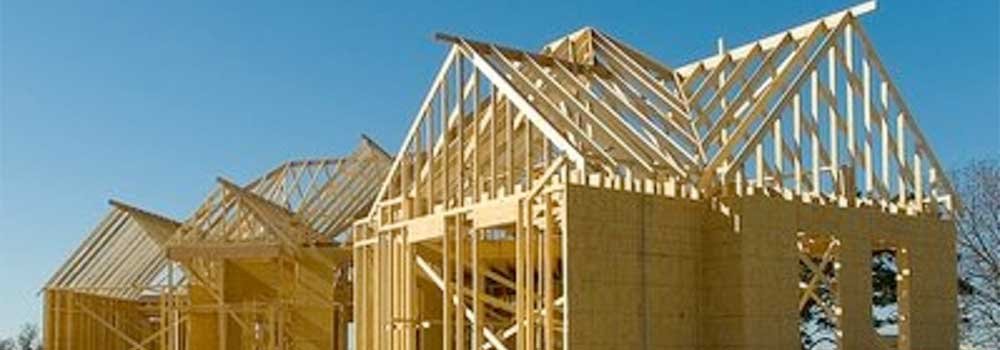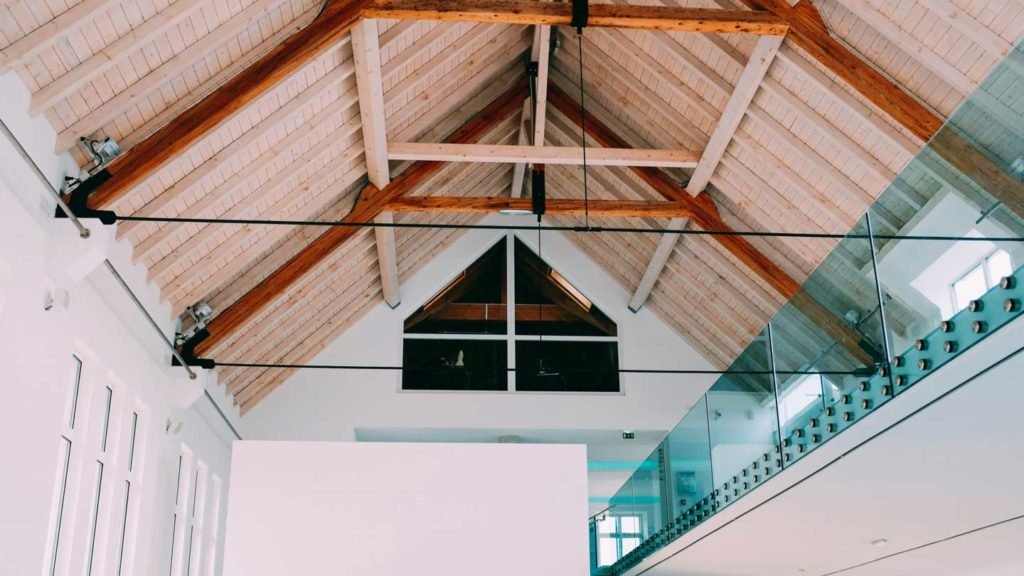The framing of the roof is a fundamental step in construction. It’s the skeleton of a roof so that it won’t cave in after a few years. The roof framing is crucial to any construction endeavor’s success. In addition to being essential for the building’s stability, it contributes significantly to its thermal efficiency and curb attractiveness.
Many factors, including the building’s energy efficiency and aesthetic appeal, may be positively affected by well-framed roofs. We’ll review why roof framing is critical and give you some helpful pointers in this article. Let’s proceed before you look for the commercial roofing contractors Houston, TX.
What Is Roof Framing?

During roof framing, a framework is built to bear the roof’s weight and distribute it to the building’s walls and base. The rafters, ridge beams, collar ties, and other parts of the framing system work together to provide a safe and sound roof.
An appropriately constructed roof will be able to sustain weight, will not be easily damaged by wind or weather, and will allow for adequate ventilation and insulation.
A roof’s framing starts with carefully considering the roof’s load needs, pitch, and span. Based on the design, the builder may then choose materials like timber or steel for the frame system. Framing entails preparing the materials for installation on the walls and foundation by cutting and assembling them by the blueprints.
The Importance Of Proper Roof Framing

There are several reasons why solid roof framing is required. For starters, it makes for a reliable and safe roof that won’t cave in under the pressure of snow and ice. This reduces the risk of the top caving in and causing harm or loss of property.
The second advantage is that it prevents the top from developing leaks due to water collecting because of improper alignment and slope. Energy efficiency and the prevention of moisture development are two other benefits that stem directly from well-framed buildings.
A building’s curb appeal may be enhanced by a functional and aesthetically pleasing roof framing system. It has the potential to provide vaulted ceilings and other distinctive architectural characteristics that improve the look and utility of a structure. Soundproofing and fortifying against earthquakes and hurricane-force winds are two additional benefits of solid framing.
Common Roof Framing Mistakes
When building a roof, even the most skilled builders sometimes make errors. Incorrect fasteners or hardware, improper alignment of the roof’s ridge, and improper spacing of the rafters and collar ties are typical problems. If a roof is compromised, these factors make it more likely that water may seep through.
The roof’s structural integrity and safety depend on adhering to all applicable building codes and industry standards. Another typical blunder is disregarding the impact of snow and wind on the summit.
If the roof doesn’t have the proper supports or materials, it might collapse under the weight of the rain. Meanwhile, the roof framing system must be securely fastened to the walls and the base of the structure.
Best Practices For Proper Roof Framing
If a builder wants to ensure their roof framing system complies with local building codes, they should look them up. Pressure-treated wood and corrosion-resistant fasteners are examples of high-quality materials that might increase the longevity and durability of the roof structure system.
The roof’s structural integrity depends on the proper spacing and alignment of the rafters and collar ties. Fasteners and connectors may strengthen and secure the subject.
Suitable roofs have ventilation and insulation. Excess moisture may cause rotting. Ventilation and insulation are necessary. To ensure the roof framing system is built correctly, it’s a good idea to use a professional builder or engineer, like the commercial roofing contractors Houston, TX.
They are an excellent resource for advice and information on construction best practices, regional building regulations, and possible problems.
Conclusion
The framing of the roof is crucial to the success of any construction. It plays an integral part in the building’s energy efficiency and visual appeal and ensures the roof’s strength and stability for many years.
Important guidelines that builders should adhere to include not skimping on insulation, utilizing the correct fasteners, and spacing the rafters properly. Common pitfalls may be avoided with little forethought. By giving attention to the roof’s framework, construction crews can produce stable structures that are secure, pleasant, and economical.



